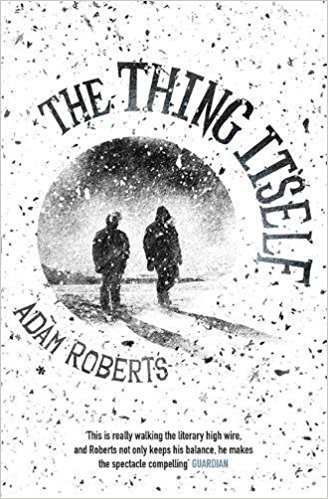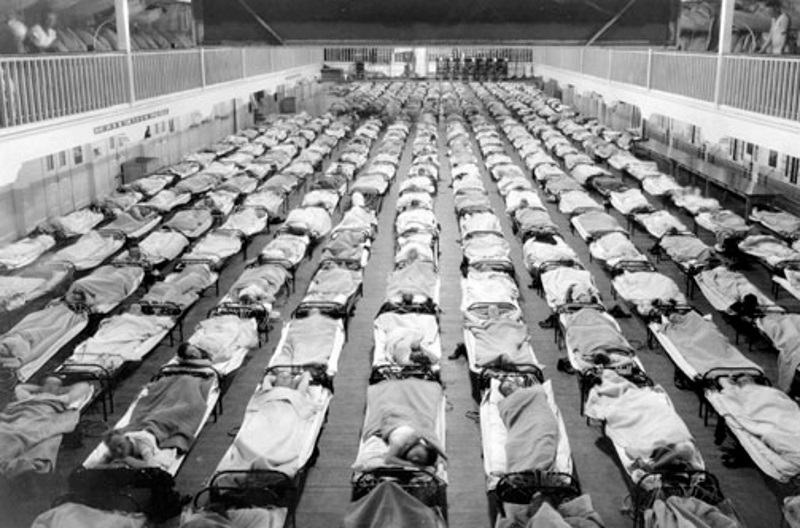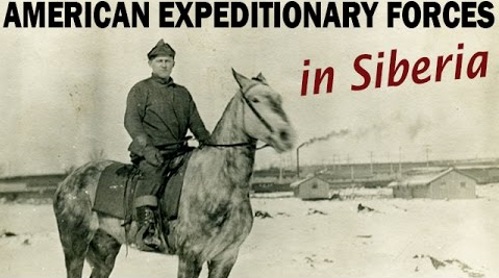
I finally broke down and paid the $8 to watch THE VOID (2016), a Canadian Lovecraftian horror film shot on a very small budget. I found it crazy fun, definitely reminiscent of 80s horror films (it made me think of what John Carpenter and Clive Barker would make if they did a weekend of drugs together) with its old school over-the-top gore, though a bit convoluted and resting on somewhat weak characters.
The film centers on Carter, a police officer, who finds a bloody man on a remote road and brings him to a hospital that is being shut down due to an old fire. Only a skeleton crew is running the place, which includes a doctor and two nurses, one of them Carter’s ex-wife. What Carter soon realizes is an enormous evil resides in the hospital, one breaking in from another dimension, and warping reality, infecting people, and calling its followers (homicidal white-robed cultists) in this dimension. As the cultists lay siege to the hospital, the evil within begins to infect the people inside, leading Carter on a journey to confront it.
It’s the kind of movie where people die like flies, the horror elements are kitchen-sinked, and the gore is over the top. If the filmmakers had managed to invest a little more in making us care about the characters and streamlining the structure a bit, THE VOID could have been great. As it is, it’s good, and if you don’t take it very seriously, it’s a fun watch. Just bloody weird mayhem.


 In Adam Roberts’ THE THING ITSELF, two scientists working and living at a remote Antarctic research station grate on each other’s nerves until one night, one of them acts on dangerous thoughts and the other is exposed to a horrifying vision. Years later, Charles still hasn’t recovered, getting by his minimum wage job using alcohol, and Roy, now considered dangerously insane, is still in jail.
In Adam Roberts’ THE THING ITSELF, two scientists working and living at a remote Antarctic research station grate on each other’s nerves until one night, one of them acts on dangerous thoughts and the other is exposed to a horrifying vision. Years later, Charles still hasn’t recovered, getting by his minimum wage job using alcohol, and Roy, now considered dangerously insane, is still in jail.

